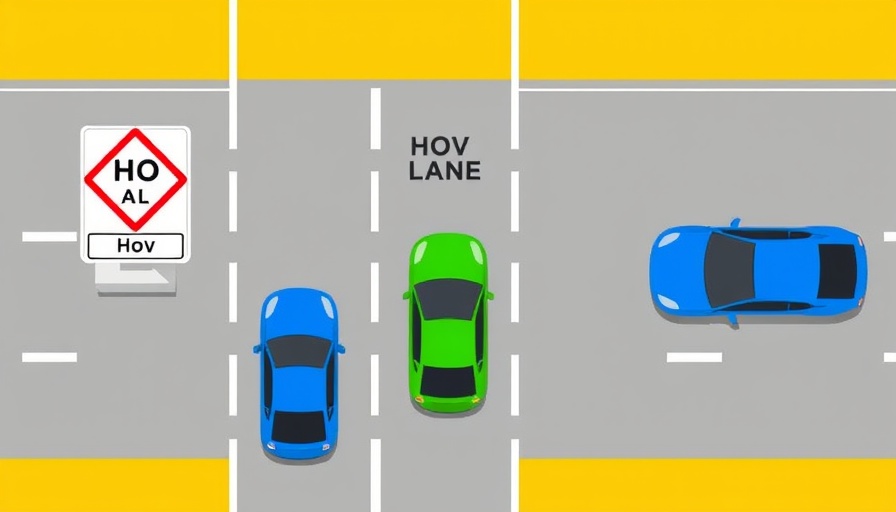
How Google Maps Is Enhancing Your Commute With HOV-Specific ETAs
In a world where efficiency and sustainability have taken center stage, Google is once again leading the charge with an innovative update to Google Maps—HOV-specific estimated time of arrival (ETA) predictions. As more people shift towards greener transportation options like electric vehicles, carpooling, and public transportation, the need for precise travel information becomes increasingly essential. This development not only helps travelers save time but also significantly contributes to reducing congestion and emissions.
The Importance of HOV Lanes
High-occupancy vehicle (HOV) lanes are designed to optimize traffic flow during peak hours. In regions like Utah’s Salt Lake Valley, these lanes have proven to be faster. Data shows that vehicles in HOV lanes can travel at an average speed of 68.18 mph compared to only 58.60 mph in general lanes. Recognizing the difference in commute times between these lanes and general traffic is crucial to improving the traveling experience, making it vital for Google Maps to integrate HOV routing.
How Google Maps Developed HOV-Specific ETAs
Creating accurate HOV-specific ETAs was no simple task. Google used a novel classification approach to train models specifically designed to understand HOV traffic patterns. By analyzing aggregated and anonymized traffic data, they inferred past travel times of HOV lanes, allowing them to construct reliable ETA predictions.
Challenges in Classifying HOV Trips
Identifying whether a trip is an HOV trip can be tricky. The distinction is often obscured, especially when traffic is light. Factors such as time of day, location, and occasional road events also contribute to the complexity of classifying a trip as HOV or non-HOV. To tackle these challenges, Google employed an unsupervised learning approach that analyzes the trip details alongside rich data from similar trips in the same area.
Segment-Level Classification: The Technical Backbone
A significant component of the HOV ETA feature relies on segment-level classification. For each road segment that has HOV availability, Google processes trip parts from various users within a short time frame to classify their trips. Features like speed, vehicle position, and time of observation are crucial for understanding whether a trip qualifies as HOV.
The speed data proves to be especially valuable. When the speed patterns between HOV and non-HOV vehicles diverge considerably, the system can often detect a bimodal distribution in traffic speeds. Such insights allow Google to segregate the trips accurately and ensure the reliability of ETA predictions.
Future of Travel with AI Innovations
This enhancement in Google Maps aligns perfectly with the growing trend of AI tools in business and transportation. As we continue to navigate towards a future where artificial intelligence becomes intertwined with everyday commuting, Google’s integration of improved routing insights demonstrates the promise of AI education and community development in everyday solutions.
For any professional looking to stay ahead in the tech-driven world, familiarizing themselves with these AI advancements isn’t just beneficial; it’s necessary. Attending relevant networking events and engaging with other professionals can pave the way for new opportunities in AI innovation.
For more insights about AI’s evolving role in transportation and daily commutes, join the conversation on our platforms and learn how you can enhance your career in this exciting field!
 Add Row
Add Row  Add
Add 





 Add Row
Add Row  Add
Add 


Write A Comment